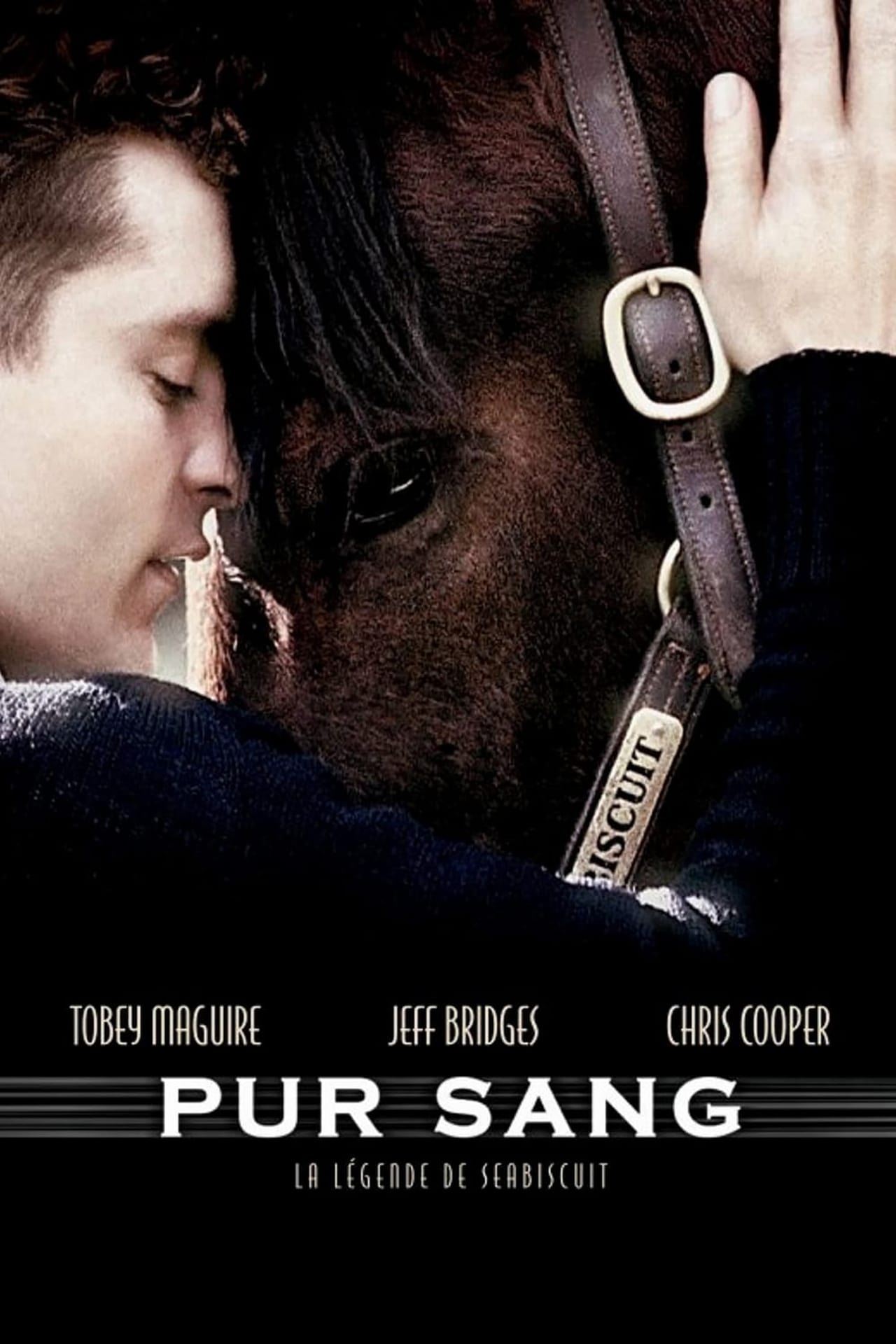

The jockeys also went to excessive and barbaric measures to keep their bodies severely underweight, a physical and psychological strain. The owners decided that it would be more convenient to have someone take the injured boy to the hospital after the races. Hillenbrand details one critically injured jockey being moved by track officials to a saddle table, where he was left in agony for hours. Wearing none of the protective gear standard today (flak jacket, helmet, goggles), they often suffered horrific and fatal injuries, received poor medical care, and had no insurance. In the Twenties, when Pollard began racing, jockeys were expendable. He had a reputation for being able to ride difficult horses.įor all of the magical properties of the story, the tale of Seabiscuit also illustrates the fight for workers' rights in the racing world. Red Pollard was a jockey from an impoverished family who had been bedding down in empty stalls since hitting the racetrack circuit at 15. The outgoing and effusive Howard was a former Calvary man who had made a fortune as the first Buick dealer to the West coast. Tom Smith didn't like the press, didn't like to talk much, and had been brought up on the Western plains. In an improbable Cinderella story, the three men would collectively produce the finest racehorse in the United States. Jockey Johnny "Red" Pollard, who was as down and out as Seabiscuit, signed on to ride him. Smith convinced the wealthy Charles and Marcela Howard to buy the colt. He was small he resembled a cow pony more than a lanky thoroughbred.Īfter Seabiscuit lost a race for an inconsequential $700 purse, unknown and laconic trainer Tom Smith stepped in. He was the son of the savage and fast Hard Tack, who terrorized grooms "without mercy they feared and loathed him without reserve." (Seabiscuit was a synonym for the sailor's food Hard Tack was named for.) Seabiscuit inherited his father's speed, but luckily not his temper. The Biscuit, as he was also known, had the misfortune of spending his early life in a barn that housed Granville, a Kentucky Derby contender who went on to win the 1936 Belmont Stakes, "the final jewel in the triple crown." No trainers had time for the overweight Seabiscuit. Seabiscuit endorsed products from beer to ladies' hats. His presence at a track meant that both track speed and crowd attendance records would be broken. On cross-country train trips, fans would line up to see him stretch his legs.

Forty thousand fans would show up to watch him practice. In 1938 he got more news coverage than Roosevelt, Hitler, or Mussolini. Once upon a time, one of America's biggest celebrities was a horse named Seabiscuit. Seabiscuit: An American Legend by Laura Hillenbrand


 0 kommentar(er)
0 kommentar(er)
